|
Introduction of the artist:
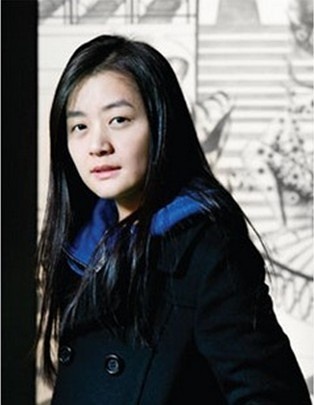
LEE Seungae (South Korea)
Born in 1979, Seoul, South Korea. Works and lives in Seoul.
Selected solo
exhibitions: 2011 The Monstrum, Gallery Doosan, New York; 2008 The Monster,
ARARIO Gallery Seoul; 2006 By Monster, Do Art Gallery, Seoul; 2005 Window
Gallery, Gallery Hyundai, Seoul;
Selected group exhibitions: 2011 Type Wall,
Soma Museum of Art, Seoul; 2010 Artists with Arario, ARARIO Gallery, Cheonan,
Seoul; 2009 Planet A: Emergence of Species, Illmin Museum of Art, Seoul; 2009
Ultra Skin, Space*C, Coreana Museum of Art, Seoul; 2009 Dissonant Visions, Seoul
Museum of Art; 2008 Eco@Asianism, Gallery Live
& Moris, Tokyo; 2005 Art Basel.
Introduction of works:
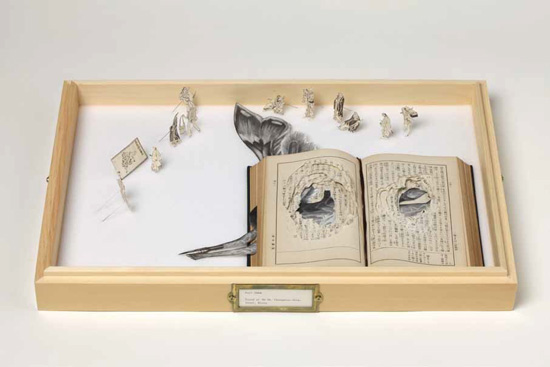
10 February 1927, wood case, glass sheet, book, pencil on paper,
30.5×45.5×7(d)cm,2012
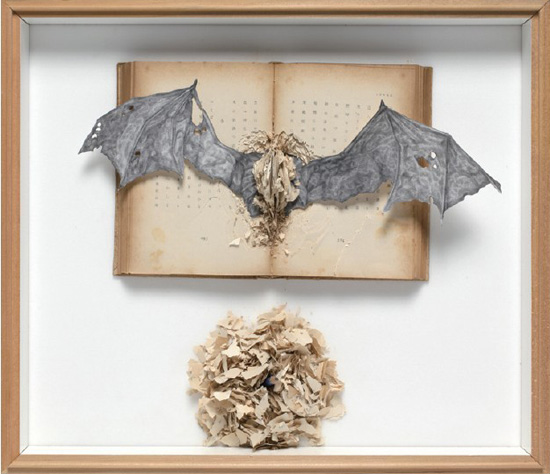
15 December 1913, wood case, glass sheet, book, pencil on paper,
41×48×7.5(d)cm,2012
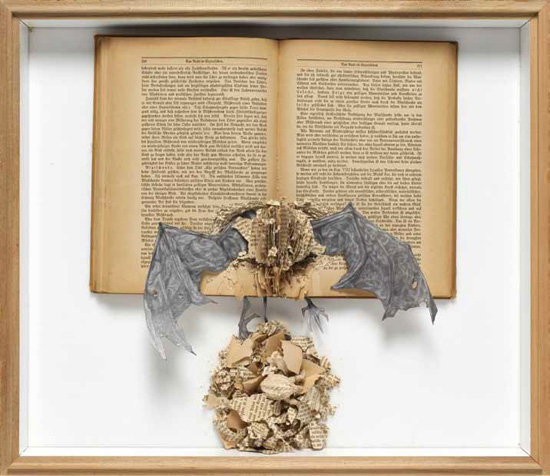
15 July 1924, wood case, glass sheet, book, pencil on paper,
41×48×7.5(d)cm,2012
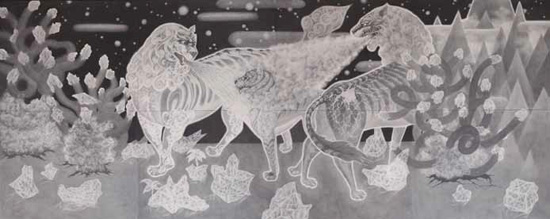
Kid A ( I'm ok ), pencil on paper, 162.8×406.4cm, 2012
In Lee Seung-ae’s artistic world, there are unseen creatures she terms
‘monsters’ that inhabit a different reality of time and space beyond the field
of human vision. They seem to be narrative beings that were formed and attached
to the stories of those aged books. Existing between past and present, between
historical text in a book, and the reality its reader inhabits, these creatures
can only become alive and meaningful when a book is being read and creates a
particular transitional space for them. They die when a book expires and no
longer has its relevant audience.
After their lifetime, the existence of those creatures are remembered and
visualised through Lee’s meticulous drawings in the form of mummy – a dead body
or a miniaturised specimen that physically replaces and represents the missing
pages of the book. The mummies appear as a visible trace of their previous lives
as well as the absent part of the history that was once described in a book and
is now considered with little contemporary significance. Neither the ‘monsters’
nor the history has the power of life, and they will eventually meet their
death.
What has really happened in the past? In a similar way to those creatures,
history itself is unseen where truth is desired. However, it usually wears a
mask of fact, behind which stories can be told, recorded as evidence for the
authorities. To the artist, history will wither into the orderless and
fragmented pages and be re-constructed into something unrecognisable. It casts
shadows of ghostly characters onto the wall of her visual story, or transforms
into the monster mummies hidden in the books, waiting for the very moment of
their revival.
| 

